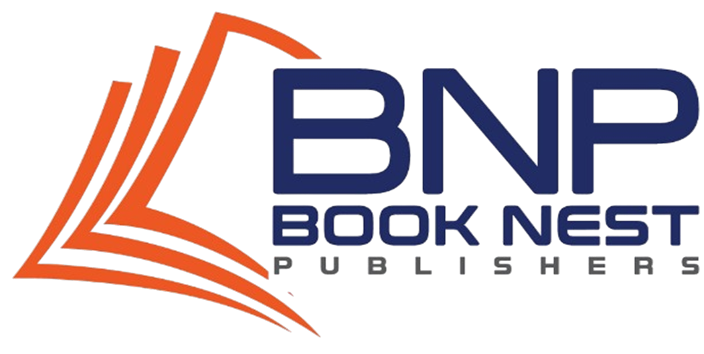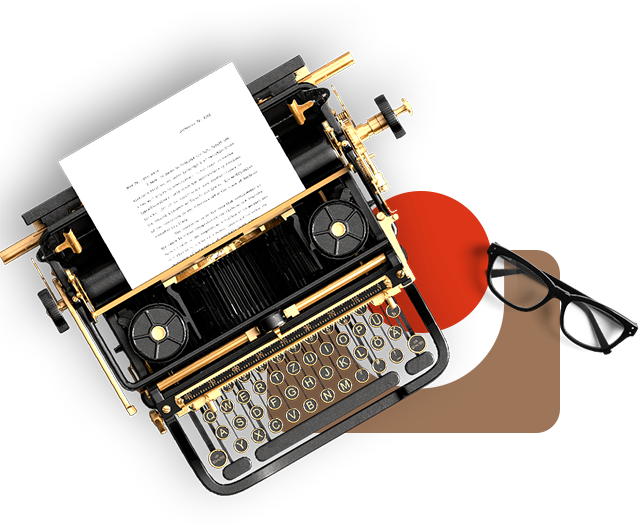Publishing a book is a dream for many writers. Whether it’s a gripping novel, a children’s picture book, or a non-fiction guide, seeing your work in print or online is a milestone worth celebrating. But for first-time authors, the journey from book writing to book publishing can seem overwhelming. Between choosing the right book publishers, understanding book formatting, and deciding whether to self-publish or go the traditional route, there are many steps to consider.
In this guide, we’ll walk through everything you need to know about how to publish a book — from polishing your manuscript to making it available to readers around the world.

Step 1: Perfect Your Manuscript
Before you think about book publishing, your manuscript needs to be in the best shape possible. This is where book writing transitions into professional preparation. That means:
- Editing and proofreading: Even the best writers miss typos or awkward sentences. Consider hiring a professional editor.
- Beta readers: Have a few trusted readers review your book and provide feedback on pacing, clarity, and overall appeal.
- Revisions: Be ready to make changes, sometimes significant ones, based on the feedback you receive.
Your book should be a polished product before it ever reaches a publisher’s desk or a self-publishing platform.
Step 2: Decide on a Publishing Path
There are two main ways to publish a book:
1. Traditional Publishing
This route involves submitting your manuscript to book publishers — either large companies, small presses, or niche imprints like children’s book publishing companies or Catholic book publishing houses. The publisher takes care of the editing, book formatting, cover design, printing, and distribution.
Pros:
- Professional support from experienced teams
- No upfront publishing costs
- Stronger distribution network
Cons:
- Highly competitive
- Requires finding an agent for many publishers
- Lower royalty rates compared to self-publishing
2. Self-Publishing
With self-publishing, you take control. You can use platforms like Amazon Kindle Direct Publishing (KDP), Lulu book publishing, or IngramSpark to make your book available worldwide.
Pros:
- Full creative control
- Faster publishing timeline
- Higher royalty rates
Cons:
- You handle all book formatting, editing, and marketing
- Upfront costs for professional services
Step 3: Master Book Formatting
Book formatting is one of the most overlooked but essential parts of book publishing. This is the process of arranging your manuscript’s text, headings, fonts, and spacing so that it looks professional in print and digital formats.
There are two main types:
- Print formatting: Preparing your manuscript for paperback or hardcover editions. This includes correct page size, margins, headers, footers, and typesetting.
- eBook formatting: Ensuring your book displays correctly on eReaders like Kindle, Kobo, and Nook.
If your formatting is sloppy, it will hurt your credibility as an author. Many professional book publishers have in-house designers, but if you self-publish, consider hiring a specialist.
Step 4: Amazon Book Publishing
When people ask how to publish a book on Amazon, they’re usually referring to Kindle Direct Publishing (KDP). This is Amazon’s self-publishing platform, and it’s one of the fastest ways to get your book in front of millions of potential readers.
Here’s how it works:
- Create a KDP account at kdp.amazon.com
- Upload your manuscript (properly formatted)
- Add your book cover (designed professionally)
- Set your pricing and royalties
- Publish — and your book will be available in Kindle format and as a paperback print-on-demand title.
Amazon book publishing is ideal for authors who want global reach without the delays of traditional publishing.
Step 5: Other Self-Publishing Options
While Amazon dominates the market, there are other platforms to consider:
- Lulu book publishing: Offers both print and eBook services with a variety of binding and paper options.
- IngramSpark: Known for its wide distribution to bookstores and libraries.
- Barnes & Noble Press: Good for reaching Nook readers and physical B&N stores.
These options can be used alongside Amazon to maximize your reach.
Step 6: Marketing Your Book
Even the best-written book needs marketing to reach its audience. Whether you work with traditional book publishers or self-publish, you’ll need a strategy:
- Author website: Platforms like booknestpublishers.com can showcase your books, biography, and updates.
- Social media: Build a community of readers and fellow authors.
- Book launch events: Virtual or in-person events create buzz.
- Book reviews: Reach out to bloggers, influencers, and industry reviewers.
Remember: publishing a book is only half the journey — selling it is the other half.
Step 7: Careers in Book Publishing
For those interested in working behind the scenes, there are many jobs in book publishing houses. These include:
- Editors: Help refine manuscripts before publication
- Book designers: Handle layout, cover design, and book formatting
- Marketing specialists: Promote books to the right audience
- Acquisitions editors: Scout and sign promising authors
Whether you’re writing books or helping others publish them, the industry offers diverse career paths.

Final Thoughts
Learning how to publish a book doesn’t have to be intimidating. By understanding the steps — from perfecting your manuscript and choosing the right publishing path to mastering book formatting and marketing — you can turn your book writing dream into a published reality.
Whether you choose Amazon book publishing, work with established book publishers, or explore children’s book publishing companies, the key is persistence and professionalism. Your words deserve to be read, and with the right approach, you can share them with the world.


